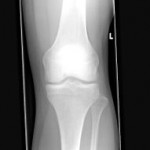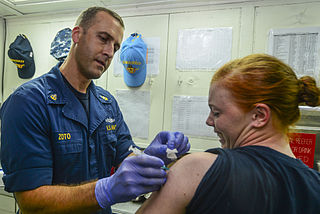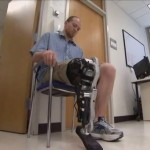

With minor variation, the following is an extremely common sequence of events. A man notices slowly worsening nagging knee pain that persists over months. He sees an orthopedist who examines him and orders an MRI. The MRI shows a tear in the medial meniscus. (The lateral and medial menisci are the cartilage pads that cushion the knee joint.) Pain medicine and physical therapy are prescribed but the pain persists. So the orthopedist recommends surgery and performs an arthroscopic partial meniscectomy. That’s the technical way of saying that with tiny instruments inserted into the joint through small incisions the doctor visualizes the cartilage tear and shaves away the loose and torn portion, leaving behind only solid intact cartilage. After the surgery more physical therapy is prescribed and over the subsequent months, the patient feels much better. Both he and his doctor agree that the surgery was a success.
This story repeats itself about 700,000 times annually in the U.S. amounting to direct costs of $4 billion. Partial mensicectomies are one of the most common orthopedic procedures. I certainly have never given it a second thought, and have sent patients to orthopedists expecting exactly this treatment. The assumption that the pain is caused by the cartilage tear is so compelling we don’t even notice it.
Previous studies have already shown that arthroscopic knee surgery is ineffective for arthritis. In patients with a cartilage tear and arthritis a study demonstrated that physical therapy and surgery was no better than surgery alone. But for cartilage tears without arthritis the belief remained that the problem was mechanical – the cartilage was torn – and therefore had a mechanical solution – cut away the torn fragment.
Last week’s New England Journal of Medicine (NEJM) published an ingeniously designed trial which tested that assumption. Researchers in Finland enrolled 146 patients with medial meniscus tears and no arthritis. Cartilage tears due to trauma, such as sports injuries, were excluded. Only degenerative tears – those due to chronic use, wear and tear – were enrolled. The researchers knew that surgery itself can have a very powerful placebo effect so they designed a trial that would not reveal to the patients whether or not they had their cartilage repaired.
All the patients underwent arthroscopy – the placing of the scopes into the joint so that the surgeon can visualize the cartilage. If a cartilage tear was confirmed the patients were randomized to one of two groups during the surgery by opening a sealed envelope. One group had the standard surgery, the partial meniscectomy. The other group had sham surgery. The surgeon still asked for all the implements he would normally ask for and in the same order. (Many of the patients had regional anesthesia and couldn’t feel their leg but were awake.) During the part of the sham surgery in which the cartilage was to be shaved the surgeon held a shaver without the blade against the patients knee cap so that his body would experience the vibration and sound of the shaver. The sham surgery patients were kept in the operating room as long as the patients undergoing real surgery. Afterwards the surgical team, the only people who knew the patient’s group allocation, never saw the patient again. All follow up care and evaluation was performed by a different team who were unaware of which groups the patients were in.
The complex blinding scheme worked. Equal proportions of both groups thought they had the real surgery. The patients continued physical therapy and underwent standardized evaluation of their knee symptoms at 2, 6 and 12 months after the surgery. Both groups showed significant improvement, and there was no difference between the groups. About half of both groups reported being satisfied with the procedure, and two thirds of both groups said they would be willing to repeat it.
So it seems that, at least for degenerative tears, the torn cartilage is not the cause of the pain. The torn cartilage is simply a marker of the chronic wear and tear that is causing pain through some other mechanism. The treatment, which appears to be quite effective, is physical therapy and time.
So if this study spared you from an unnecessary surgery, raise a toast to the intrepid Finnish patients who were willing to have surgeons put instruments in their knees and do absolutely nothing for the sake of discovery.
Learn more:
Common Knee Surgery Does Very Little for Some, Study Suggests (New York Times)
Fake Knee Surgery as Good as Real Procedure, Study Finds (Wall Street Journal)
You may not be better off after knee surgery (CNN)
Arthroscopic Partial Meniscectomy versus Sham Surgery for a Degenerative Meniscal Tear (NEJM article)











 Last weekend I attended the fall conference of the
Last weekend I attended the fall conference of the 


